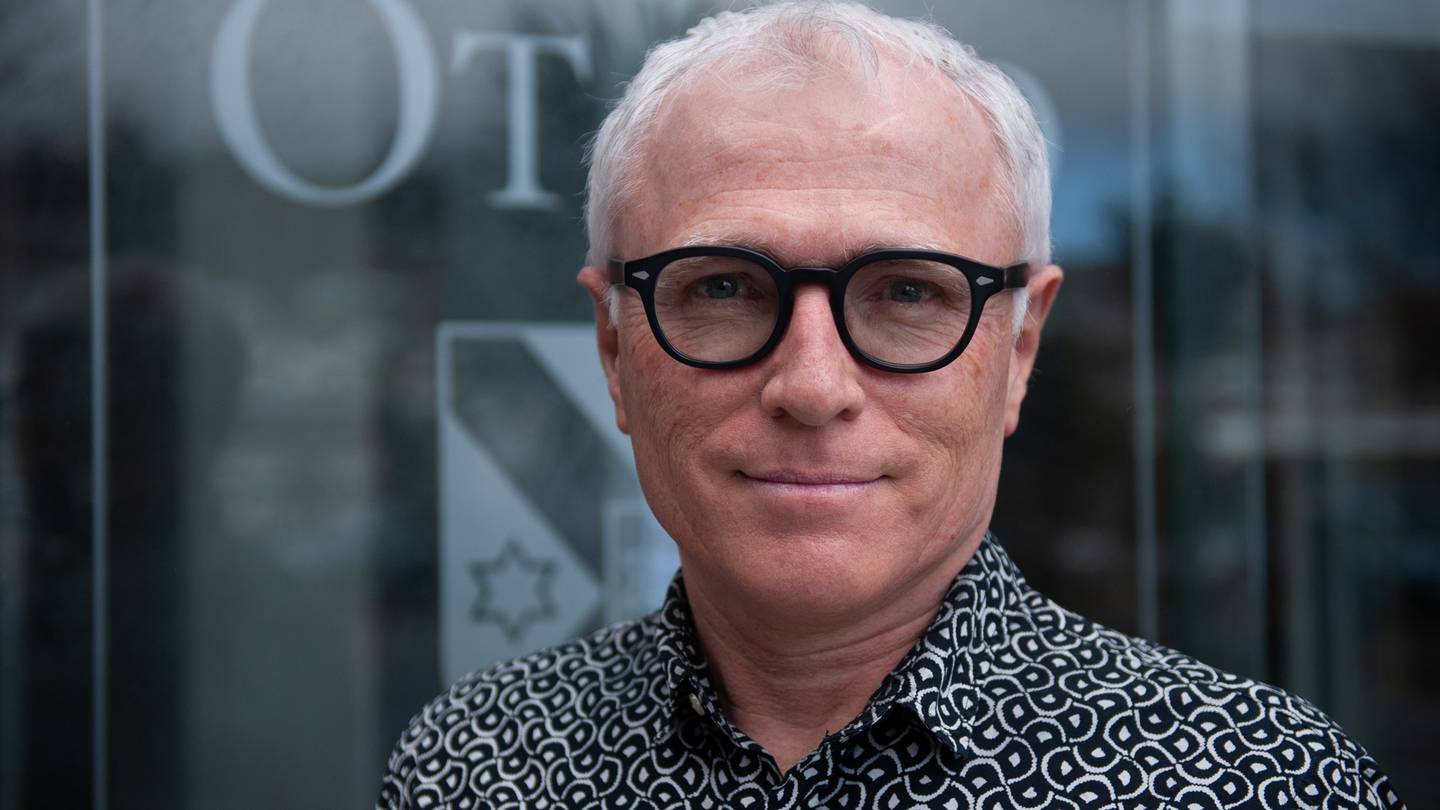Public health experts have urged the Government to reduce the gap between people's second Covid-19 dose and their booster shots from four to three months as Omicron is confirmed in the community.
Prime Minister Jacinda Ardern has confirmed New Zealand will move to the red traffic light setting at midnight tonight.
Nine Covid cases in Motueka, in the Nelson/Tasman region, are confirmed to have the Omicron variant, Ardern said.
They travelled to Auckland, attending a wedding on January 13 and another event a few days later. These events had well over 100 people.
Omicron is now circulating in Auckland and possibly the Nelson area, if not further, Ardern said.
How experts reacted
Epidemiologists professors Michael Baker and Rod Jackson have urged the Government to go further than the traffic light change and shift the eligibility for booster shots from four to three months, as Australia just announced.
About 56 per cent of eligible adults have already received their booster.

Otago University epidemiologist Professor Michael Baker. Photo / Supplied
But Baker, of Otago University, said changes to our own behaviour, via the traffic light system, would make a large impact in blunting the blow of an Omicron wave.
"Limiting gathering sizes will make a great difference – and working from home should definitely be encouraged."
Jackson, of the University of Auckland, argued a delay to the start of the school year – as has been called for by others – could help reduce case numbers.
"That is a major super-spreading setting, and it's not that kids themselves get incredibly sick – it's that they infect their teachers, parents and grandparents," Jackson said.
"I appreciate that's controversial in terms of disrupting everything, but we have one goal, and one goal only – and that is to flatten the peak.
"We're not going to stop Omicron, but we can slow it down."
What the red traffic light setting means
Red is the most restrictive traffic light setting, but domestic travel can continue. There would be no more borders around regions, such as the recent Auckland borders.
While lockdowns would not be widespread, there could be lockdowns localised to a workplace or school, for example, depending on what was happening in the outbreak.
With a vaccine pass, many businesses and events can have a maximum of 100 people, including hospitality, gyms, weddings and tangihanga. Without passes, hospitality services must remain contactless and the aforementioned gatherings are limited to 25 people.
In red, face coverings are mandatory when travelling on public transport, in retail and to an extent in education. Public facilities and retail outlets are open, with capacity limits.
Tertiary students must study remotely if they don't have a vaccine pass.
Gyms and close contact businesses such as hairdressers and beauty salons can open in red as long as public health measures are in place.
Take your Radio, Podcasts and Music with you









